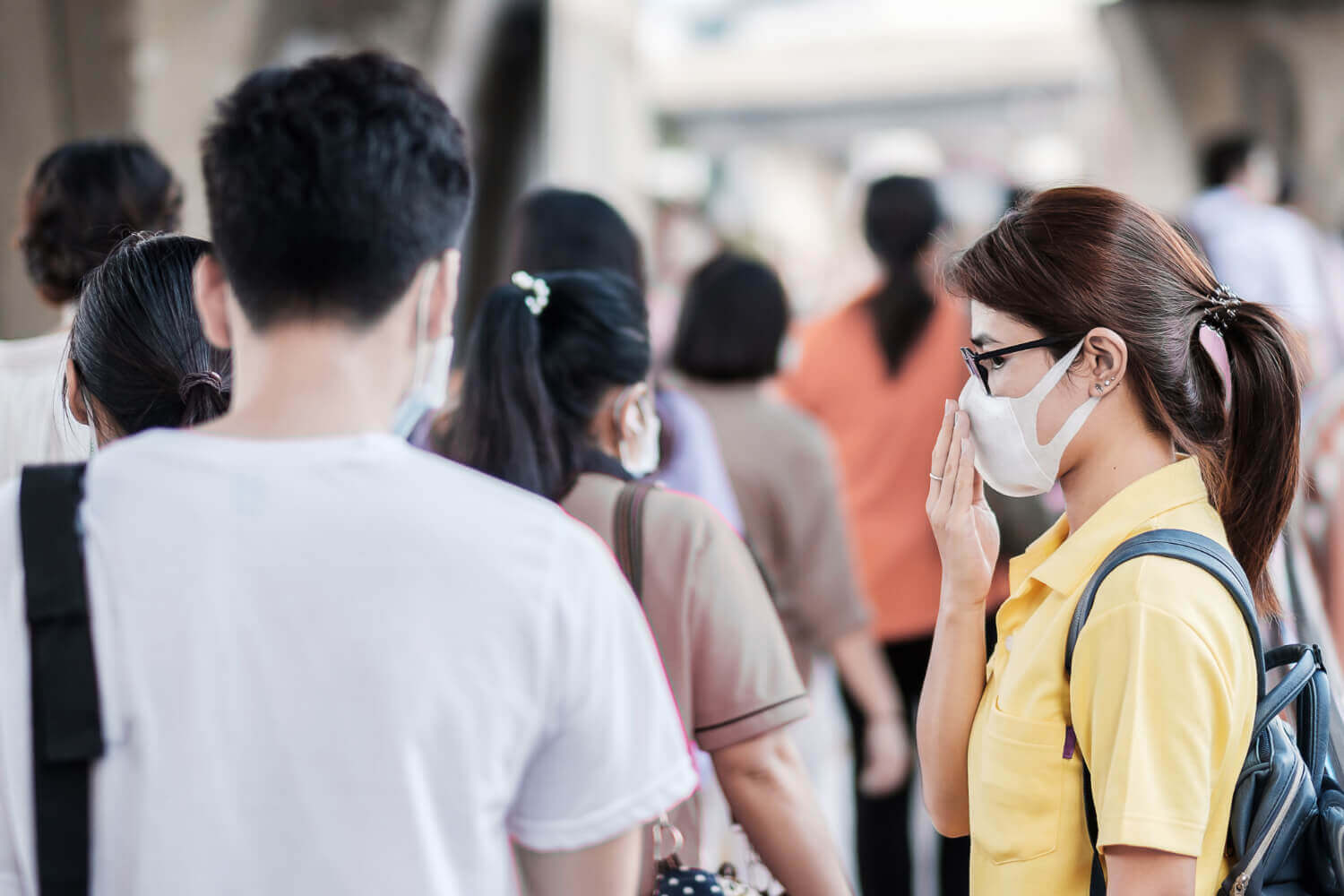
Throughout history, infectious diseases have ravaged populations, causing illness and death on a massive scale. But as humans, we have developed powerful tools to fight against these diseases, including herd immunity.
Herd immunity occurs when a significant portion of a population becomes immune to disease through vaccination or natural infection. When enough people in a community are immune, the spread of the disease can be slowed or stopped, protecting even those who are not immune.
But how does herd immunity work, and why is it so important? Let’s take a closer look.
The Science of Herd Immunity
To understand herd immunity, we first need to understand how infectious diseases spread. The disease can be passed on when someone with a disease comes into contact with someone who is not immune. But if enough people in a community are immune, the disease has a more challenging time finding new hosts, and the spread slows down.
This is because when someone immune comes into contact with a disease, their immune system can fight it off, preventing them from getting sick. And if enough people in a community are immune, there simply aren’t enough susceptible people for the disease to spread.

The Importance of Vaccination
One of the most effective ways to achieve herd immunity is through vaccination. Vaccines work by introducing a small amount of a disease-causing pathogen into the body, triggering an immune response that prepares the body to fight off the disease in the future.
When enough people in a community are vaccinated, the spread of the disease can be significantly reduced or even eliminated. But for herd immunity to work, a high percentage of the population must be vaccinated – typically around 95% for highly contagious diseases like measles.
Unfortunately, many people are still hesitant to get vaccinated, leading to outbreaks of preventable diseases. This is why education and outreach are so important in promoting vaccination and building herd immunity.
The Role of Natural Immunity
It’s worth noting that natural immunity can also contribute to herd immunity. When someone gets sick and recovers from a disease, their immune system has learned how to fight off that disease in the future, providing them with immunity. And if enough people in a community have been infected and recovered, the disease may not be able to find enough susceptible people to keep spreading.
However, relying on natural immunity to achieve herd immunity is a risky strategy. It can lead to many people getting sick and potentially suffering long-term health consequences or death. This is why vaccination is the preferred method for achieving herd immunity.
Working Together for a Healthier Future
Herd immunity is a powerful tool for protecting our communities from infectious diseases. But achieving it requires the participation of everyone – getting vaccinated, following public health guidelines, and doing our part to slow the spread of disease.
By working together, we can protect ourselves, our loved ones, and our communities from the devastating effects of infectious diseases. So let’s roll up our sleeves and get vaccinated – it’s the best way to build a healthier future.
Source and References:
- World Health Organization. “Herd immunity, lockdowns, and COVID-19.” Accessed March 8, 2023. https://www.who.int/news-room/q-a-detail/herd-immunity-lockdowns-and-covid-19
- Centers for Disease Control and Prevention. “Herd Immunity.” Accessed March 8, 2023. https://www.cdc.gov/vaccines/vac-gen/immunity-types.htm#herd
- Johns Hopkins Bloomberg School of Public Health. “What Is Herd Immunity and How Can We Achieve It With COVID-19?” Accessed March 8, 2023. https://www.jhsph.edu/covid-19/articles/achieving-herd-immunity-with-covid19.html
- World Health Organization. “Vaccine Hesitancy.” Accessed March 8, 2023. https://www.who.int/immunization/programmes_systems/vaccine_hesitancy/en/











